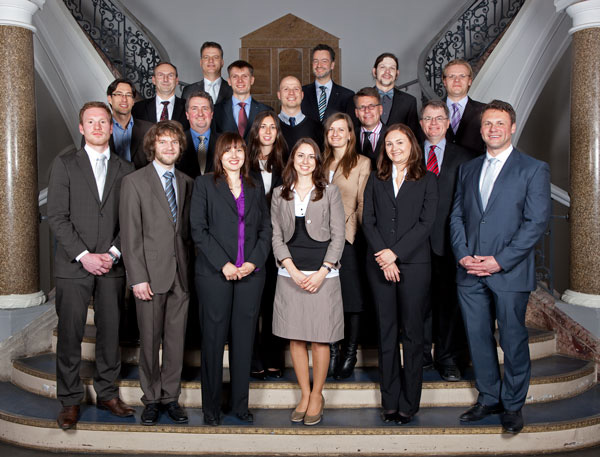Here is an interesting call for papers for those of you studying social media from a strategic perspective. The special issue of the Journal of Strategic Information Systems is entitled “Strategic and policy perspectives on social media technologies” and will be edited by Sirkka Jarvenpaa, Sandy Staples, and Robin Teigland. The submission deadline is November 30, 2013. The description reads as follows:
The widespread diffusion and proliferation of social media technologies and tools present organizations of all sizes and shapes with numerous strategic and policy-oriented opportunities and challenges. Moreover, such technologies and tools have fundamentally transformed how various external and internal stakeholder relationships are influenced and managed, how brand loyalty is built, how talent is attracted and employment commitment is built, how innovations (products, services, business models, processes) are created and appropriated, how knowledge is created and shared both within and across organizational boundaries, how funding is raised, how control is exercised, how policies are developed and diffused, and how laws are interpreted. This special issue invites papers that build our understanding of these phenomena.


